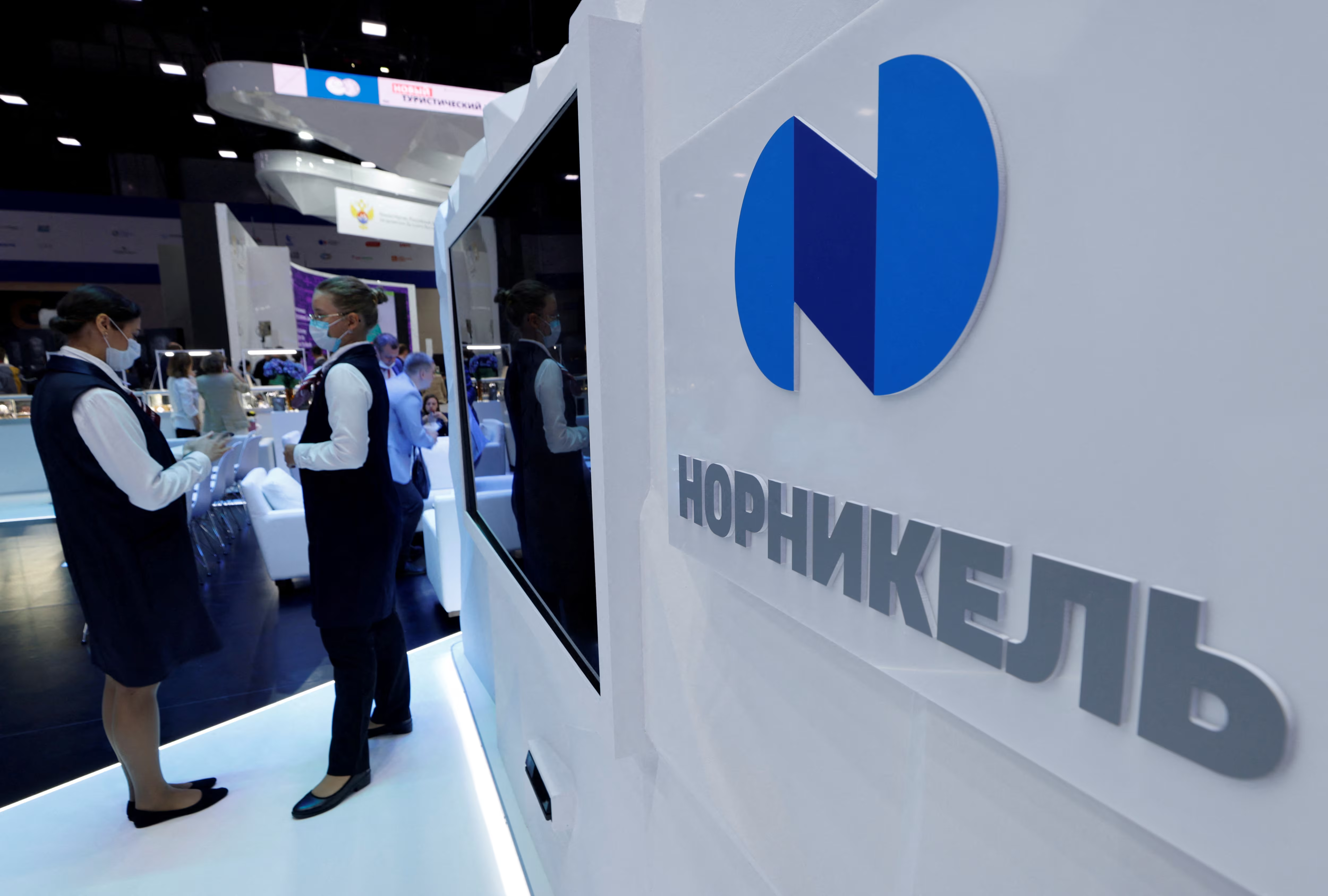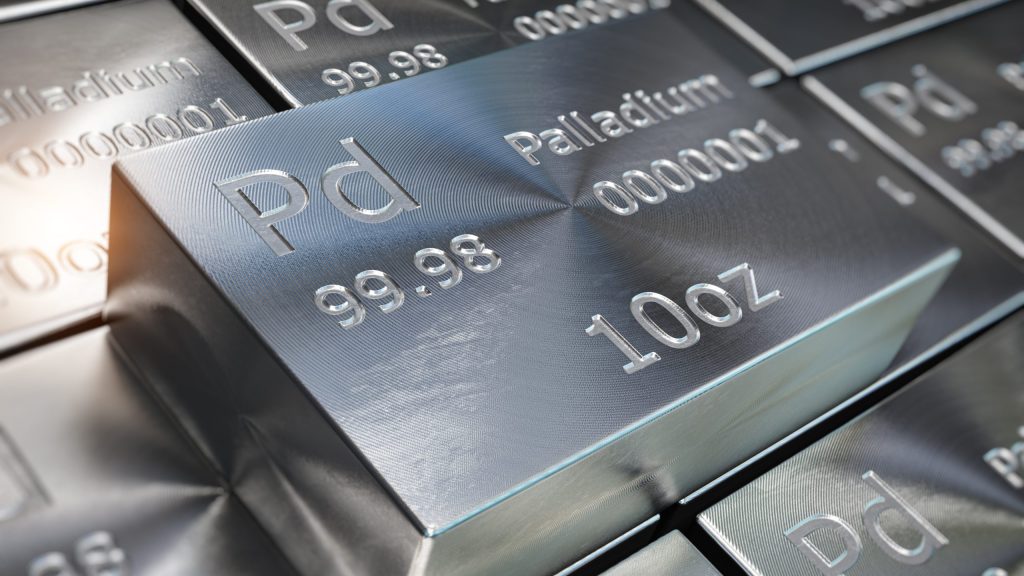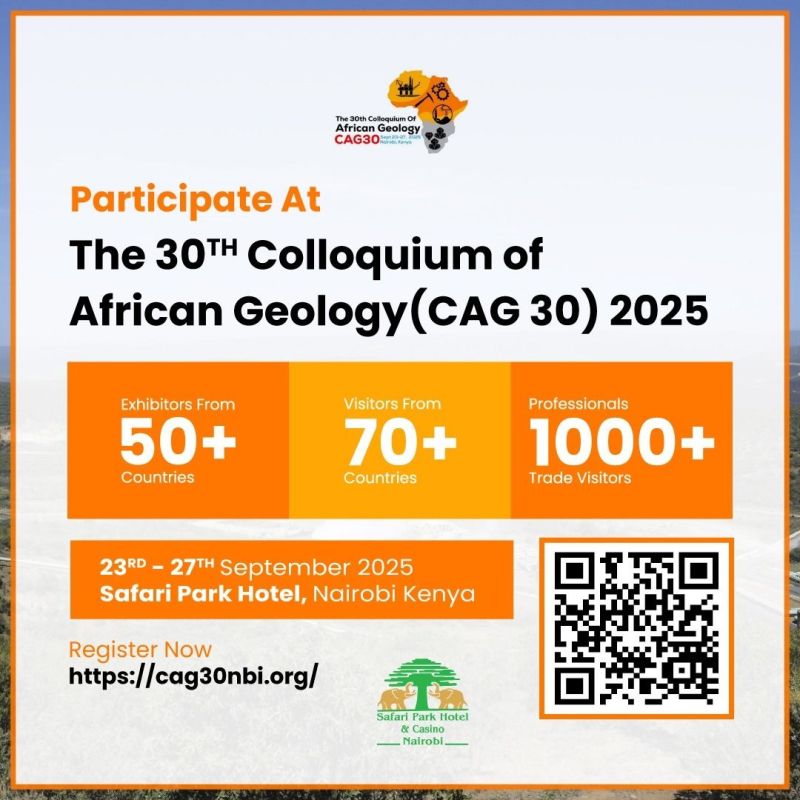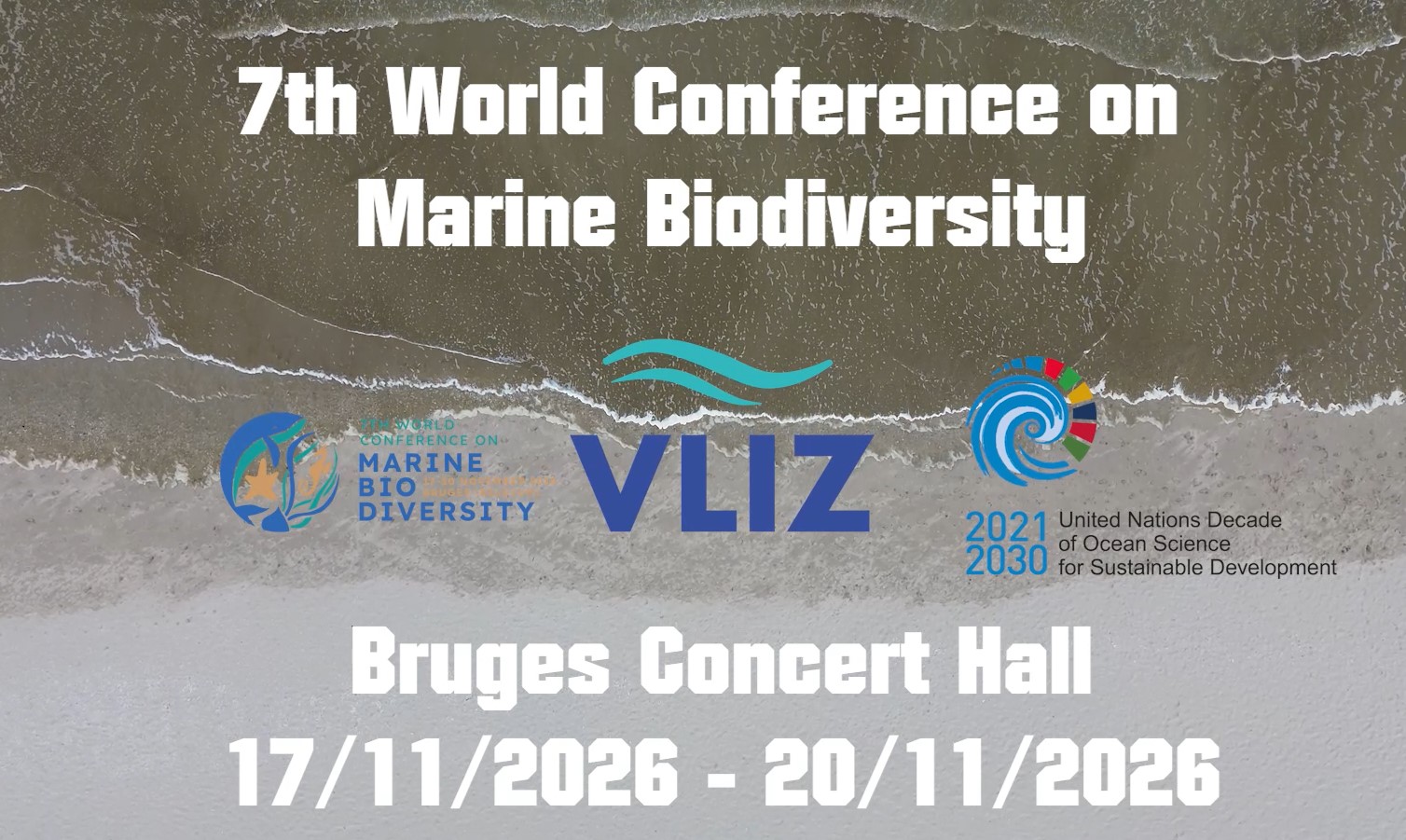Nornickel is turning to cutting-edge technology to maintain demand for palladium, particularly in China. As the world’s largest palladium producer, Nornickel is navigating a challenging landscape marked by declining demand for internal combustion engine (ICE) vehicles, which traditionally consume the bulk of the metal. The company is working with Chinese universities and industrial partners to pioneer new uses for palladium, ensuring its relevance in a future increasingly driven by green technologies and electric vehicles (EVs).
Palladium has long been a critical component in catalytic converters, where it helps neutralize harmful emissions from ICE vehicles. This application accounts for 80% of global palladium use. However, as countries like China accelerate their transition to EVs, demand for ICE vehicles—and consequently for palladium—has started to dwindle. Nornickel estimates that China’s palladium consumption for ICE vehicles will decline by 29% by 2030, dropping to 47 tons. This trend aligns with forecasts from the World Platinum Investment Council (WPIC), which predicts a surplus in the palladium market by 2026. Global prices have already fallen 10% this year, following a steep 39% slump in 2023. These shifts are compelling palladium producers to look beyond traditional applications to sustain demand and stabilize prices.
Nornickel has identified emerging technologies as a lifeline for palladium demand, particularly in China. Among the most promising areas is hydrogen production. As part of its green energy strategy, China is the world’s largest hydrogen producer, using it in ammonia fertilizers, methanol production, and oil refining. Hydrogen is also a cornerstone of the clean energy transition, with applications in fuel cells and energy storage. According to Vitaly Busko, Nornickel’s Vice President, the company’s collaborative projects in hydrogen production and water purification could create up to 15 tons of new, long-term demand for palladium. Busko expressed optimism that these innovations would soon be reflected in market forecasts.
China’s rapid advancements in hydrogen and green chemistry offer a fertile ground for such technologies. “In terms of hydrogen and green chemistry, China is developing much faster than the rest of the world. In this sense, the interest is significant,” Busko noted.
To bring these technologies to market, Nornickel is working closely with at least five Chinese companies and several academic institutions. These partnerships aim to commercialize palladium-intensive solutions that can sustain the metal’s relevance even as traditional uses wane. By 2026–27, Nornickel anticipates new demand for palladium to reach 5–10 tons annually. Currently, Nornickel supplies 80% of China’s palladium market, giving it a significant foothold in the country’s evolving energy and industrial sectors.

While China remains a primary focus, Nornickel is also exploring new markets for palladium use. The company sees potential in regions like the Middle East, Brazil, and Malaysia, where industrial and technological advancements may drive demand. Domestically, Nornickel is working to promote palladium applications in industries like fibreglass production and water purification. In Russia, the company plans to supply up to 0.4 tons of palladium annually for these purposes.
The shift in palladium demand represents a broader challenge for the global metals industry as it adapts to decarbonization and changing consumer preferences. Nornickel’s strategy highlights the importance of innovation and diversification in maintaining market relevance. To sustain its leadership, the company is also ramping up production. In 2024, Nornickel plans to produce 82–85 tons of palladium, ensuring it remains a key player in the global market. With over 52% of its sales now directed to Asia, the company has successfully pivoted its logistics and marketing strategies to adapt to shifting geopolitical and economic dynamics.
Nornickel’s efforts to redefine palladium’s role in the global economy reflect its commitment to staying ahead of the curve. By fostering innovation and collaboration, the company aims to create new avenues for palladium use, ensuring the metal remains integral to industries ranging from clean energy to advanced manufacturing. As traditional demand diminishes, Nornickel’s proactive approach may not only secure its future but also position palladium as a key material in the technologies shaping tomorrow’s world. Through its focus on China and beyond, the company is paving the way for sustainable growth and continued leadership in the metals industry.
















21 thoughts on “Nornickel Eyes Innovation to Sustain Palladium Demand Amid Shifting Global Trends”
Amazing post! Really resonated with me.
Interesting perspective, thanks for sharing!
Thank you for the kind words!
This was very insightful, thank you for sharing!
Interesting perspective, thanks for sharing!
This was very insightful, thank you for sharing!
Thank you for the kind words!
Glad you liked the post, stay tuned for more.
I have learned so much from this article, will be following your blog.
We appreciate your feedback, we will keep it up!
We appreciate your feedback, we will keep it up!
This was very insightful, thank you for sharing!
Such important information, keep up the great work!
I have learned so much from this article, will be following your blog.
Interesting perspective, thanks for sharing!
We appreciate your feedback, we will keep it up!
This was very insightful, thank you for sharing!
I have learned so much from this article, will be following your blog.
I have learned so much from this article, will be following your blog.
This is a game-changer, thanks for the great work.
Amazing post! Really resonated with me.